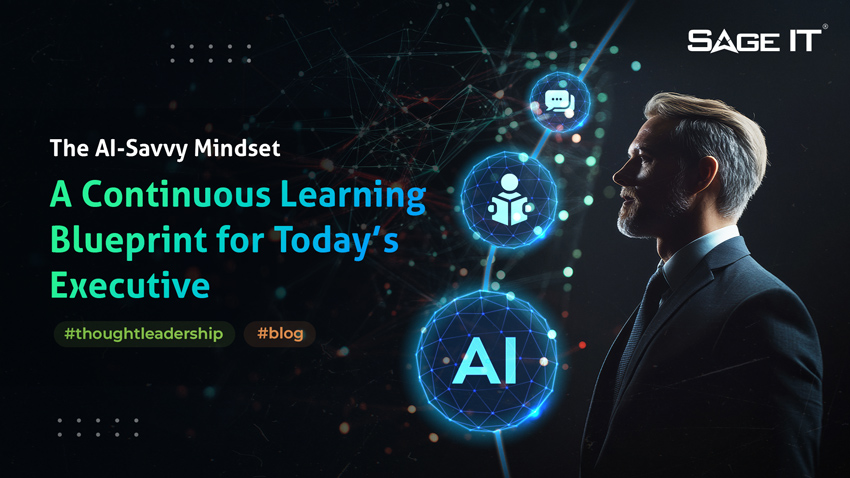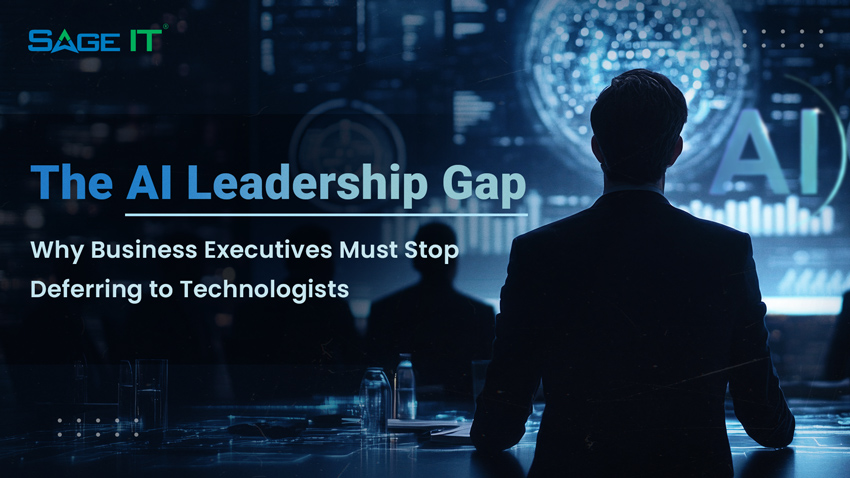Executive Summary
In the race to operationalize Generative AI, a simple truth is becoming painfully clear: you can’t build billion-dollar outcomes on broken data. While tech leaders rush to pilot large language models, only a small fraction are seeing value at scale. According to McKinsey, Only 1% of enterprises have fully scaled generative AI across their operations today. The rest are trapped in what many CIOs are now calling “pilot purgatory,” stalled by fragmented, stale, or untrusted data.
Generative AI doesn’t just amplify insights. It amplifies flaws. And without a clean, integrated, governed data estate, even the most advanced AI models will hallucinate, misfire, or underperform. The message is clear: before AI, there must be accuracy. The enterprises that win this wave will be those that treat data not as infrastructure, but as strategic capital.
The High Cost of “Dirty Data”

Are Your Data Assets AI-Ready?
Leading enterprises treat data cleanup as non-negotiable groundwork. They start with deep audits to ensure readiness. Before launching any GenAI initiative, leaders must ask a critical question: Is your data helping, or is it silently sabotaging your AI efforts?
A comprehensive data readiness assessment isn’t optional; it’s foundational. The following five dimensions offer a framework to evaluate whether your organization’s data can support GenAI at scale:
Too many organizations uncover systemic weaknesses only after AI initiatives fail. A proactive audit turns blind spots into action plans, revealing legacy traps, siloed architectures, and inconsistent taxonomies before they can undermine AI performance.
Bolster Data Infrastructure and Skills
Upskilling isn’t a nice-to-have; it’s a strategic requirement. AI performance depends on human judgment at every step, from identifying relevant data and framing the right question to reviewing the quality of the model’s response.
Think of your data team as your AI team. Without the right talent, the best infrastructure will sit idle. And without the right infrastructure, your AI ambitions will never get off the ground.
Actionable Insight: Build a GenAI Data Playbook
No successful AI initiative is built ad hoc. Enterprises that scale GenAI effectively treat data preparation as a formalized and repeatable process, not a one-time cleanup exercise. The most effective tool is a GenAI Data Playbook.
This isn’t a slide deck. It’s a living operational guide that outlines how your organization vets, cleans, governs, and feeds data into AI systems. It aligns stakeholders across IT, legal, compliance, and business units, ensuring there’s no ambiguity about what qualifies as production-grade data for AI use.
At a minimum, your GenAI Data Playbook should include:
For example, if your finance team is training a GenAI agent to generate executive summaries from quarterly reports, your playbook should mandate that only audited datasets from the CFO’s office are used, not outdated spreadsheets or unaudited exports.
Codifying this process ensures scale, security, and clarity. More importantly, it turns GenAI from a series of disconnected pilots into a repeatable system your organization can trust and invest in.
From Data Chaos to AI Value – A Phased Approach
Phase 1: Fix the Fundamentals
Phase 2: Expand Across Functions
Phase 3: Operationalize and Institutionalize
Data – The Bedrock of Your AI Strategy
Written by,
Sagar Pelaprolu
CEO












